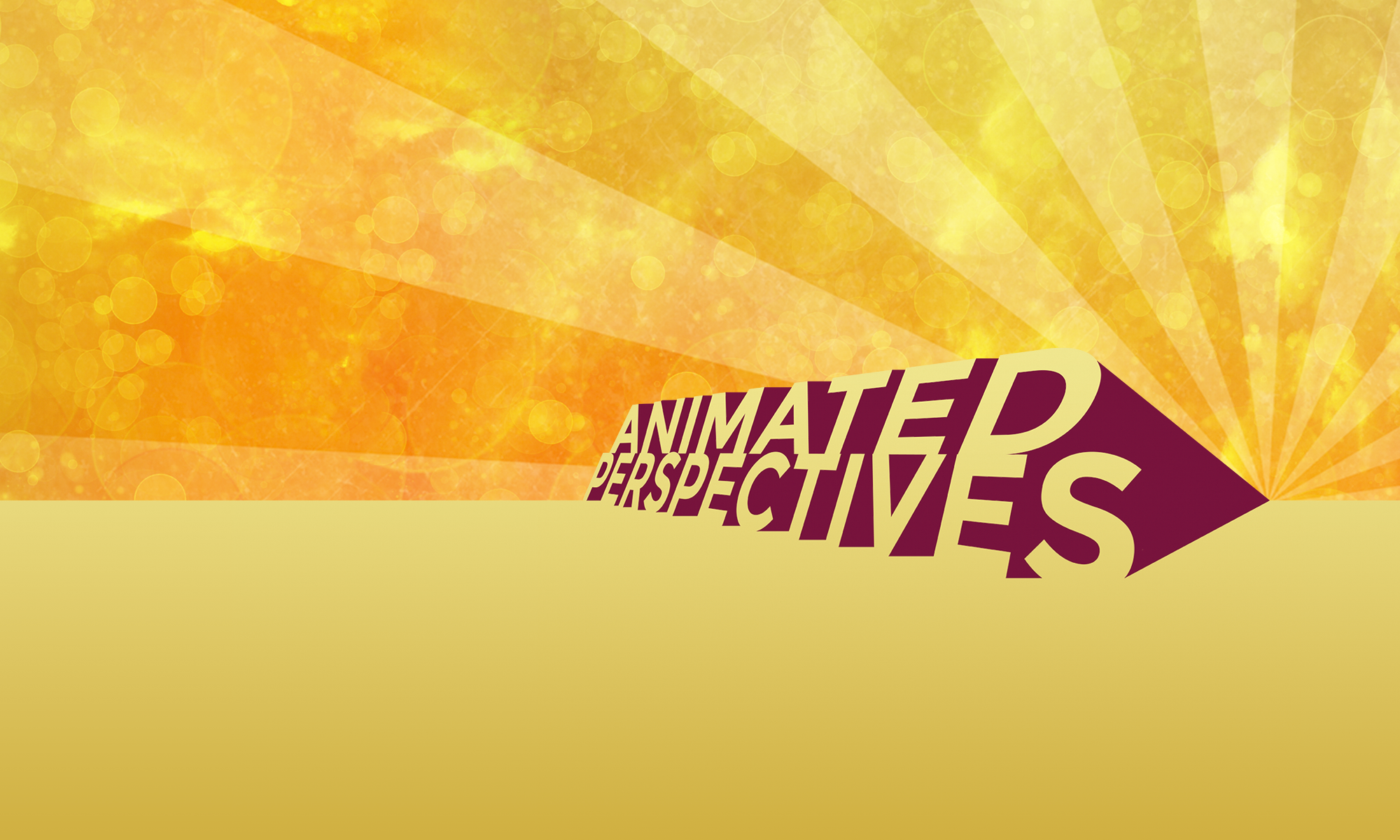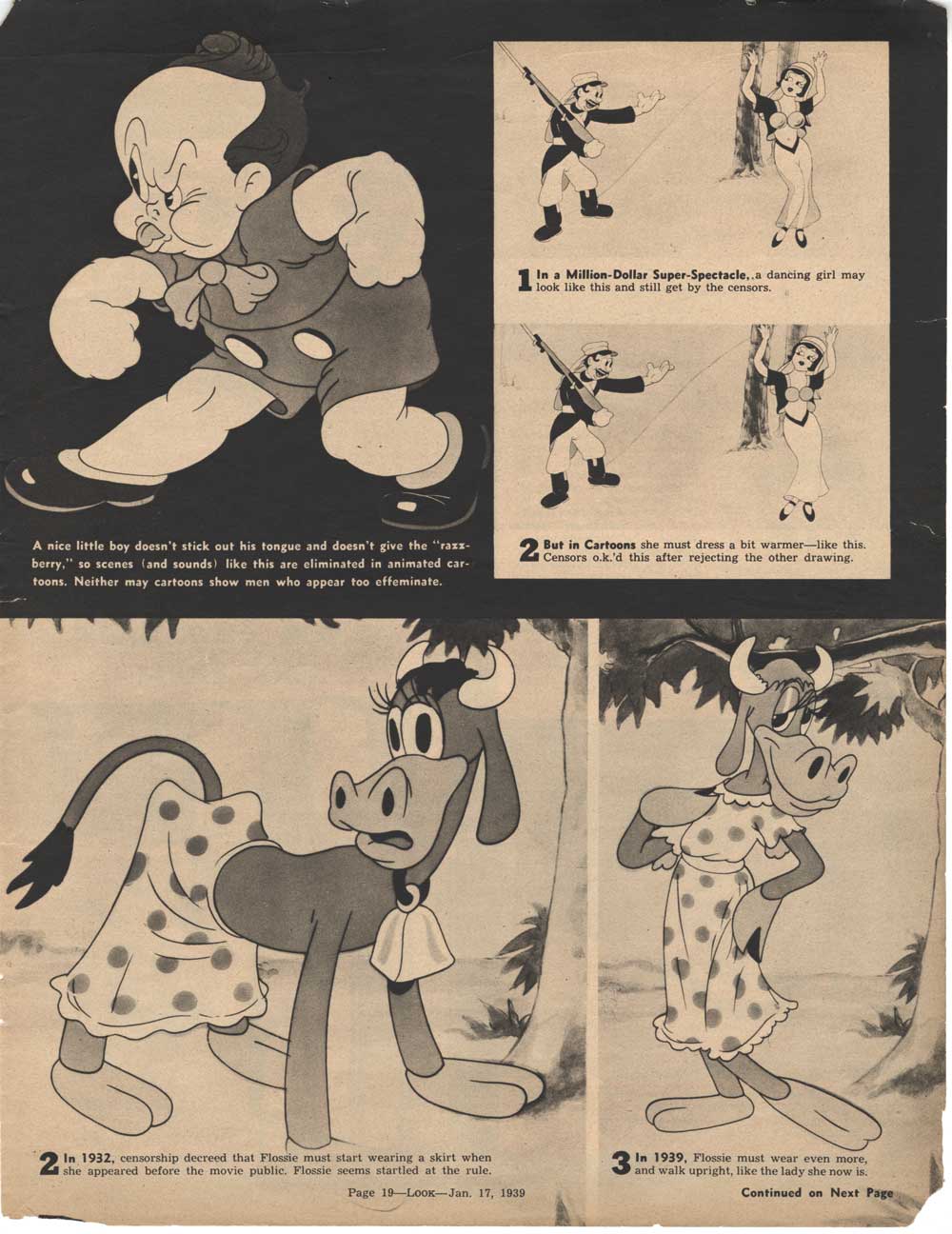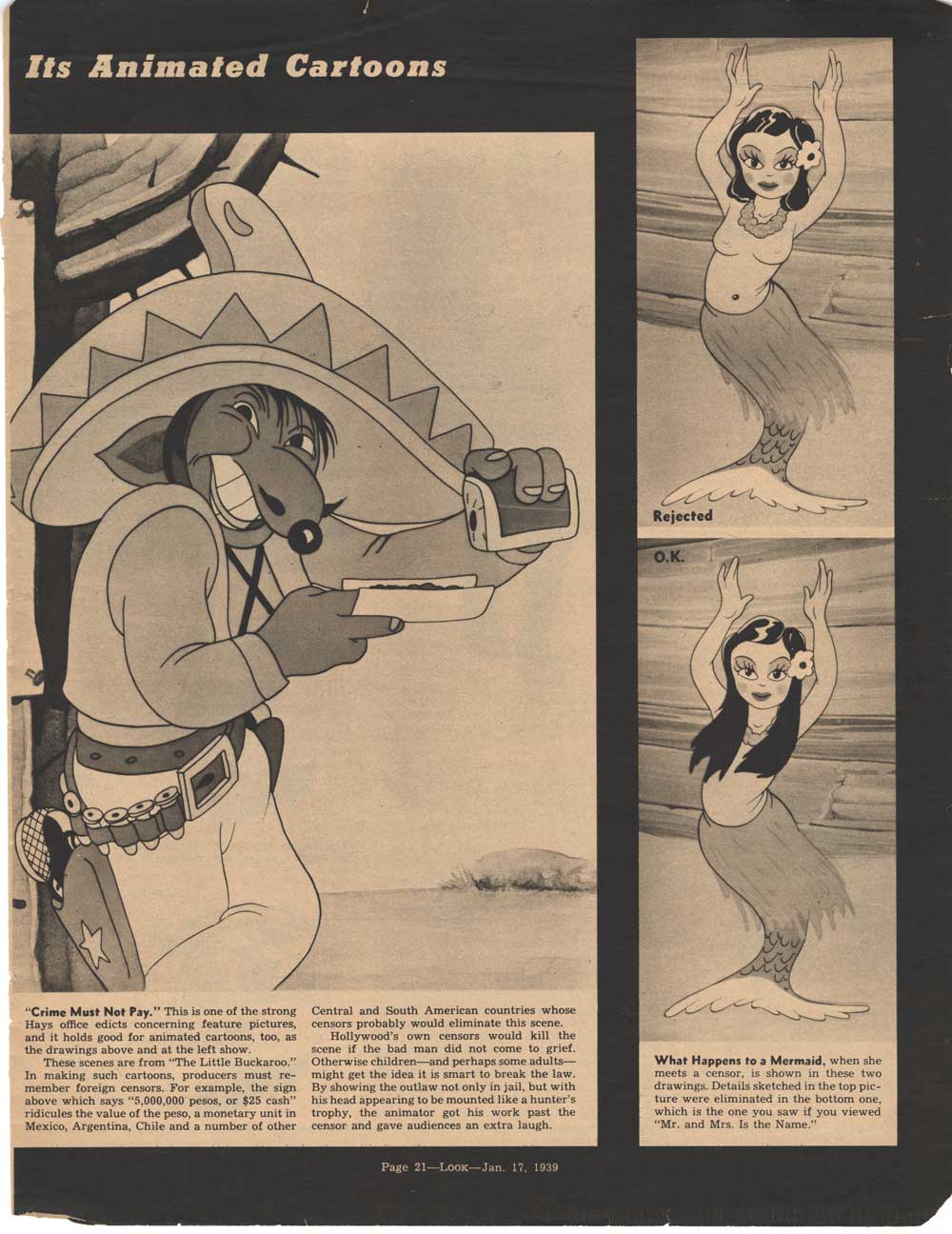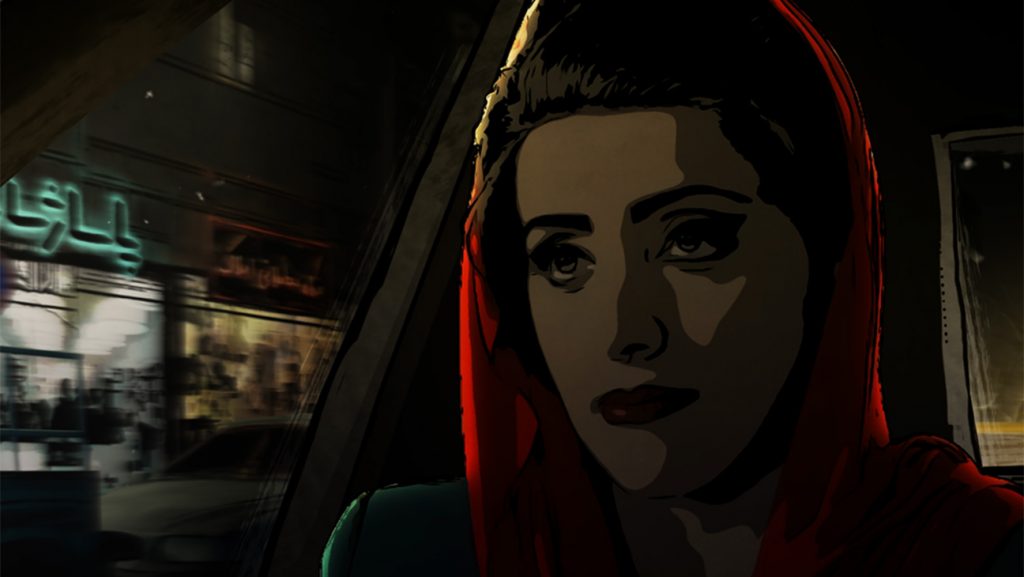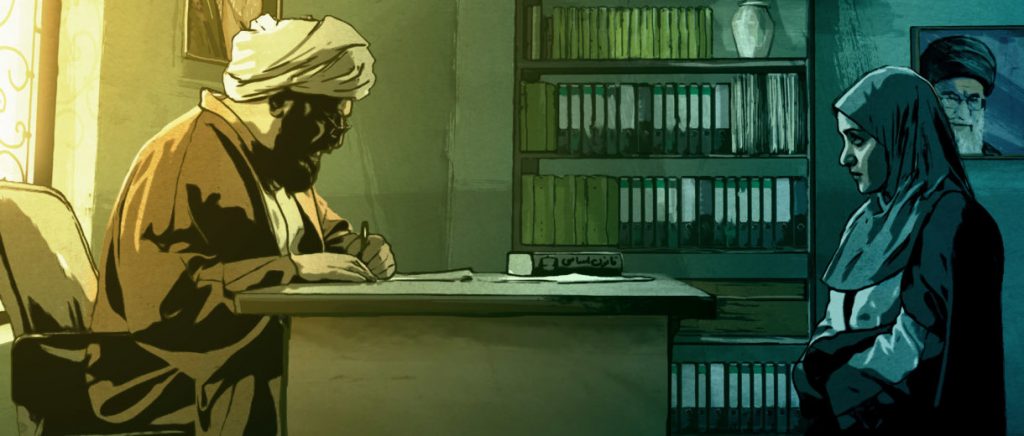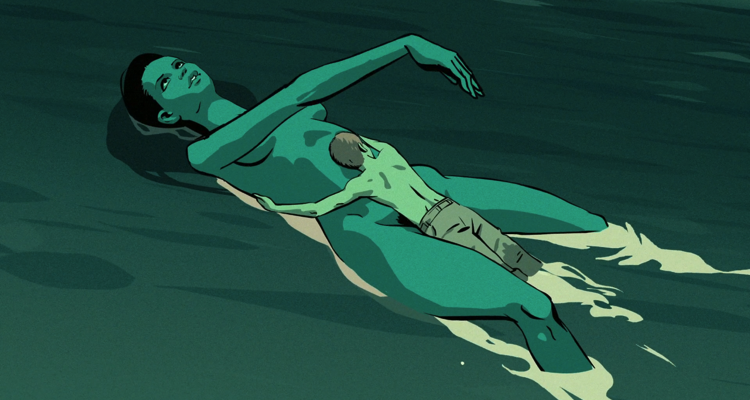
Costumes can tell you a lot about the hero or villain that wears them. Superman’s bright colors and “S” emblem emphasize his uplifting, lighthearted, patriotic nature. Venom’s black costume with a twisted spider symbol represent how he is a dark doppelganger of Spider-man. A good costume can be symbolic of a character’s personality and personal history, but a bad one can leave you downright uncomfortable with the unfortunate implications, asking, “What was the art department thinking?” Although all comic book characters can be subject to a bad redesign, there seems to be a concerning trend when it comes to costumes for female heroes and villains, namely that their outfits tend to be overly-sexualized and impractical compared to their male counterparts.
After seeing a trailer for the animated movie Suicide Squad: Hell To Pay coming out in March, I think it’s relevant to talk about the costumes belonging to one female villain/anti-hero in particular: Harley Quinn. The bubbly, demented sidekick and girlfriend of the Joker has grown immensely popular as of late, despite the fact that her multiple costume redesigns are questionable at best, and offensive at worst. So for this post, I am going to look at the evolution of her appearance over time and see how her outfit has changed in terms of symbolism, practicality, and sex appeal, before asking the question of what this says about the comic book industry and its treatment of women.

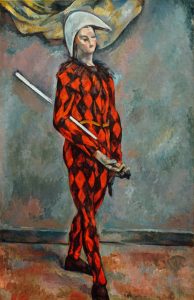
Let’s start at the beginning. 1992 marks the very first appearance of Harley Quinn in an episode of Batman: The Animated Series. Bruce Timm’s original design for her is an absolute classic, and it’s the first outfit that comes to mind whenever you think Harley Quinn. Not only is her black and red checkered costume flashy and eye-catching, it actually sums up her personality and character traits. As seen above, her outfit is heavily based on an actual harlequin, or a mischievous, agile servant from Italian Commedia dell’arte. And for a character as spunky, high energy, and twisted as she is, who acts as a sidekick but still stands out on her own, it’s a perfect fit. Harley’s suit is skin tight and shows off her curves, matching her flirtatious attitude in the cartoon, but it doesn’t go overboard on the sex appeal (an obvious choice, since it is a show for kids). Not only is it appealing, it’s practical too. The streamlined design allows her to pull off all kinds of flips and tricks in combat, without too many unnecessary parts getting in the way.
Harley Quinn’s original costume was so popular, it remained practically the same for 16 years. So why did it change?
The answer is simple: The Arkham games.

In 2009, Batman: Arkham Asylum showcased some major changes to many of Batman’s foes, and marks the first big redesign for Harley Quinn’s costume. Here, she ditched the jester hat and checkered patterns, going more for a “sexy nurse” look rather than a harlequin. Maybe that’s so she can fit in more with the Asylum environment, or it’s a callback to her original job as a psychiatrist, but based on the exposed midriff and cleavage, along with her dialogue asking Batman if he thinks her new uniform is hot, it’s most likely just fan service. In terms of practicality, while Harley’s original costume was simple and allowed her to flip, kick, and jump from rafters with ease, her Arkham Asylum costume would most likely make gymnastics even tougher. Her tight corset would restrict torso movement, and her platform shoes would throw off her sense of balance while climbing. But at the very least, she’s not wearing stilettos…yet.
The reception of Harley Quinn’s new costume was mixed, but the success of the games helped her gain more popularity from a broader audience. It’s likely that Arkham Asylum inspired future redesigns for her, the next of which would take place two years later.
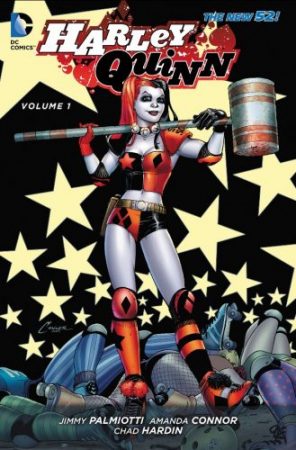
The New 52 reboot of the DC universe in 2011 had artists Jim Lee, Mark Chiarello, and Cully Hamner leading the charge in re imagining and redesigning all the heroes and villains. In Harley Quinn’s, this served to continue the trend of exposing more and more skin with each costume change. Now, she has some of her checkered pattern back to recapture her harlequin origins, but her corset has somehow gotten even smaller, and she now wears extra short shorts. Although this outfit does give her back some mobility with more athletic shoes, there’s even more danger of Harley’s top just falling off in a fight without enough support. Not to mention there’s a lot more skin left out in the open and vulnerable to enemies and the elements (that can’t be comfortable to wear in the winter). At least she has some knee and shoulder pads this time. Safety first, after all.

All of these controversial changes culminate in 2016, when Harley Quinn reaches her peak of popularity after her first movie appearance in Suicide Squad. By this point, there’s barely any resemblance to her original costume (although they do make the effort to reference it in the film), and any influence of the trickster archetype that inspired her character is practically nonexistent. I’m not even sure what the designers were going for other than trying to be “edgy” and show as much skin as possible. With her thin shirt, booty shorts, and high heels, her uniform is hardly fit for the various action sequences in the movie. Not to mention that the spikes on her bracelets and belt would most likely lead to discomfort and injury, which is confirmed in an interview with Margot Robbie when she discussed how painful it was to wear them while shooting.
So, after looking through the evolution of Harley Quinn’s costume, what does this say about how the comic book industry treats female characters? Well, looking at each redesign Harley has gone through, we can see that her costume moves further and further away from the harlequin, the basis of her character. It’s a small detail, but I think it summarizes what this trend means: comic artists and writers are focusing more and more on sex appeal, and less and less on what makes Harley Quinn Harley Quinn. The same goes for other female heroes and villains as well, while none of the male characters get the same treatment. Marvel, DC, and other creators seem to work under the assumption that characters like Starfire and Black Widow are popular solely because they are physically attractive to male viewers, and put them in provocative costumes and poses as a result.
Male or female, we don’t care about heroes and villains just because they are sexually attractive. We care about them because they are cool, fun, interesting characters we look up to or relate to. Why do people love Harley Quinn as much as they do? Easy, she’s snarky, funny, twisted, capable in combat, and surprisingly intelligent, but she also has a tragic side as she struggles with an abusive relationship and her own inner demons. There’s a lot more depth to her character than just her looks.
I am not saying it’s bad for comic book women to be attractive, and that all of them should be completely covered up at all times. My point is that comic book writers and artists seem to have forgotten what makes these women attractive to the fans in the first place.
